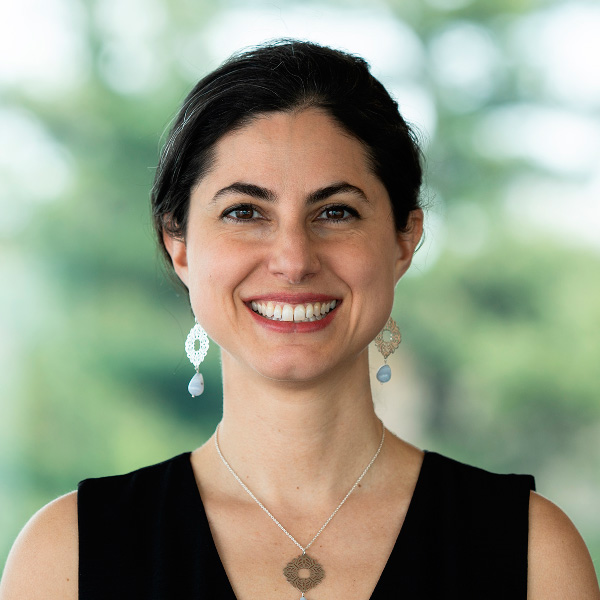Vivian Valencia Research Chair
in Sustainable Agriculture
and Climate Action.
The Food Systems Lab, led by Dr. Vivian Valencia, explores how we can build food futures that are sustainable resilient, just, and nourishing for both people and planet. We believe radically better futures are possible—and, in fact, many already exist. Around the world, farmers, communities, and innovators are shaping solutions to our most urgent crises: climate change, biodiversity loss, and inequity. Our lab shines a light on these “lighthouse” examples to learn from them, amplify them, and inspire new pathways forward.
Our work bridges the natural and social sciences and often extends into the arts. This transdisciplinary approach allows us to capture the complex dynamics of food systems—from the biodiversity of coffee agroforests in Chiapas, to the power of public food procurement to diversify farms in Brazil, to alternative arrangements to access farmland in Quebec. We also collaborate with chefs, artists, and dramaturges to use creative practices that spark imagination and inspire change.
Bold, systemic change
is what the moment
demands.

What drives us is impact: generating actionable knowledge that helps realign food systems within planetary boundaries while expanding justice, equity, and agency. We work across scales—from local communities to international partnerships with the United Nations—always guided by the conviction that small, incremental tweaks are not enough. Bold, systemic change is what the moment demands.


